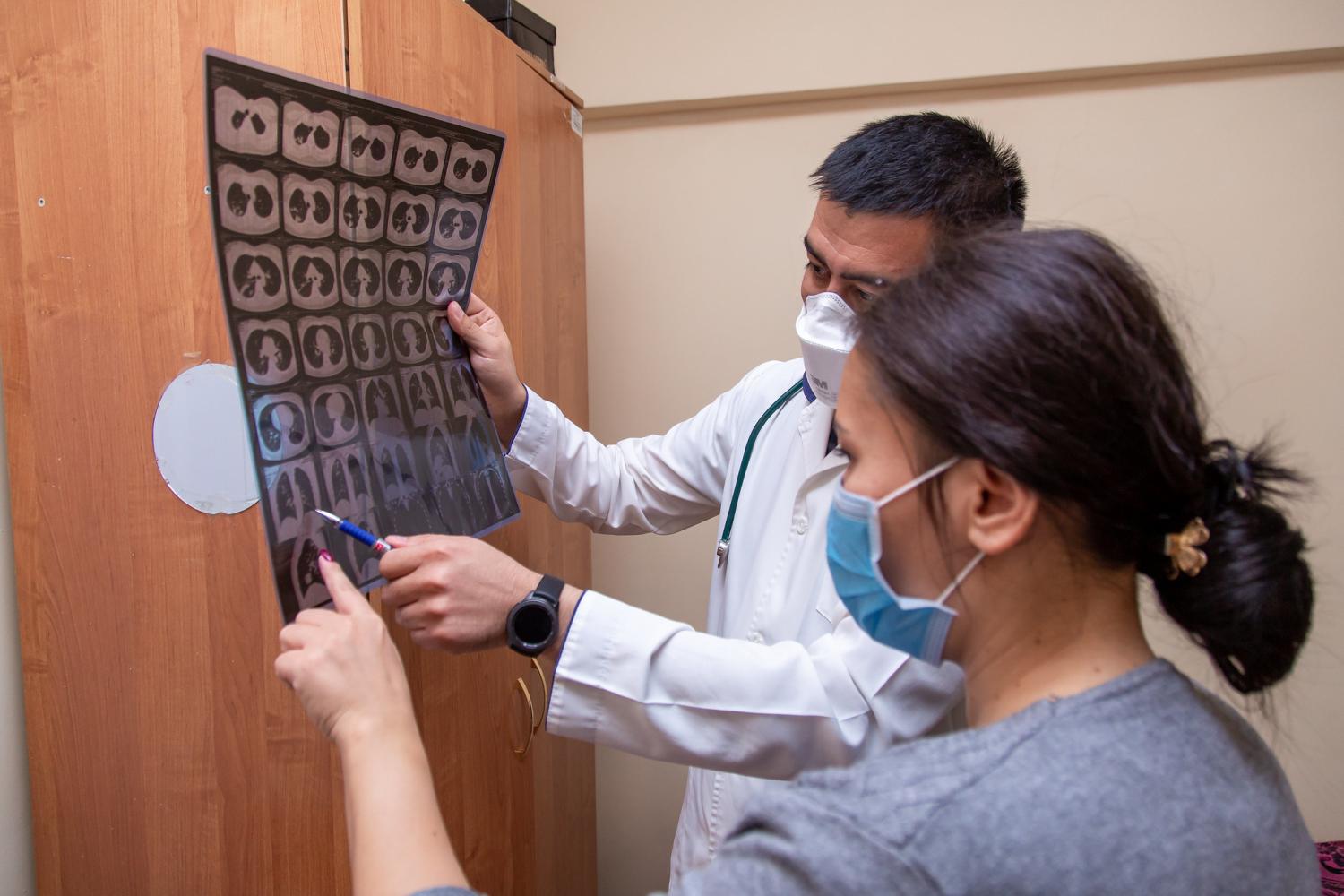In an update on the JN.1 variant late last week, the US Centers for Disease Control and Prevention (CDC) said the variant—steadily expanding its dominance—may be intensifying the spread of COVID-19 this winter. In the January 5 update, the CDC said COVID activity is high, but infections are causing less severe disease than earlier in the pandemic.

The variant, part of the BA.2.86 lineage, accounts for about 62% of variants, up from 44% 2 weeks ago. Also, the CDC said it is seeing an increase in JN.1 prevalence in international travelers and in wastewater in all US regions. JN.1 is dominant in Europe and is rising sharply in Asia.
Low vaccine uptake
Though test positivity and wastewater levels are moderately higher than last year at this time, emergency department visits are trending a bit lower over the same period.
The uncoupling of infection levels and illness severity is related to greater immune protection from previous disease, vaccination, or both, the CDC said, adding that more than 97% of people have antibodies against SARS-CoV-2. "This immune protection can fade over time but tends to last longer for preventing severe disease than for preventing infections," the agency said.
Long COVID remains an important health threat, and the CDC warned that not enough Americans have received the updated vaccine, with uptake at bout 8% in children and 19% in adults. For seniors, 38% have gotten the latest vaccine, "which is concerning given that they are at higher risk of hospitalization from COVID-19."













